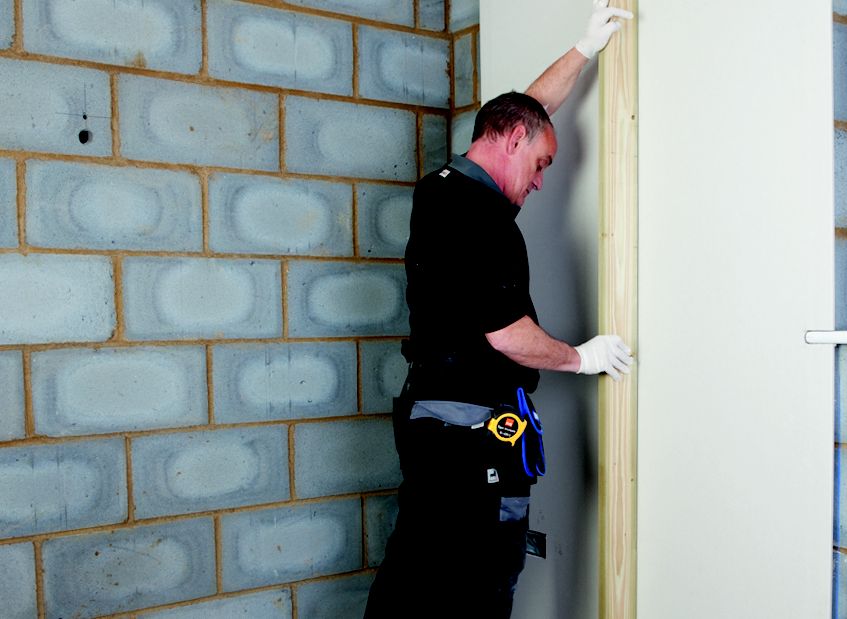Environmentally Aware Dry walling Choices You Should Consider
facing an age where environmental sustainability is a critical issue, finding construction methods which minimize our ecological footprint has never been more essential. One area of focus is drylining services, offering innovative and eco-friendly solutions for interior wall construction. Drylining not just enhances the aesthetic appeal of a space and also contributes to energy efficiency, making it an increasingly popular choice among builders and homeowners alike.
As we delve into environmentally friendly drylining options, we'll reveal methods and materials that not only meet modern building standards and comply with sustainable practices. From the use of recycled materials to improved insulation properties, such options help minimize waste and reduce energy consumption. Whether you are embarking on a new project or considering renovations, comprehending the benefits of sustainable drylining solutions can pave the way for a greener future in construction.
Green Resources for Drylining
When looking into drylining solutions, picking sustainable resources is crucial for minimizing environmental impact. One of the top options is upcycled plasterboard, which is made from post-consumer materials. This option not only cuts down on landfill waste but also saves natural resources, making it an environmentally-friendly choice for both commercial projects. In addition, many manufacturers are now producing plasterboard with lower embodied energy, ensuring that the entire life cycle of the item is sustainable.
Another fantastic choice for drylining is the use of natural clay plasters. Unlike conventional gypsum-based products, clay plasters are made from plentiful natural materials and can provide superior insulation properties. They also promote indoor air quality by regulating humidity and are devoid of harmful chemicals, making them a safe option for homes. As the demand for healthier living spaces increases, more builders are embracing these natural solutions, supporting both sustainability and well-being.
Lastly, green insulation materials, such as paper pulp or sheep's wool, can supplement sustainable drylining services. These materials are not only renewable but also provide top-notch thermal performance and acoustic insulation. By incorporating such materials into drylining methods, homeowners can achieve significant energy savings while also creating a comfortable living environment. Investing in sustainable options not only helps the planet but also enhances the complete quality of construction jobs.
Benefits of Eco-Friendly Drylining
Eco-friendly drylining offers numerous advantages that align with green building practices. One of the primary benefits is lowered environmental impact. Traditional drylining materials often have harmful chemicals and produce significant waste during installation. In contrast, sustainable alternatives are typically made from recycled or renewable materials, helping to minimize the ecological footprint and promote a healthier planet.
Another major advantage is enhanced indoor air quality. Eco-friendly drylining options often utilize low-VOC (volatile organic compounds) materials, which help lower harmful emissions inside buildings. This contributes to a healthier living and working environment by reducing the likelihood of respiratory issues and allergies caused by indoor pollutants. Homeowners and businesses can have peace of mind knowing that their spaces are more secure for occupants and the environment alike.
Finally, sustainable drylining solutions can lead to long-term cost savings. While the initial investment may be slightly higher, the durability and energy efficiency of these products can be beneficial over time. Many sustainable materials provide better insulation, which can reduce energy bills for heating and cooling. Additionally, their tolerance to moisture and mold can minimize maintenance costs, making eco-friendly drylining a smart choice for cost-sensitive individuals prioritizing sustainability.
Top Methods in Sustainable Drylining Approaches
Selecting green resources is a critical step in eco-friendly drylining practices. Utilize products that are made from repurposed content or ethically sourced natural materials. Gypsum-based boards that contain recycled gypsum or sustainable alternatives like natural substitutes can significantly reduce the carbon footprint of your project. Additionally, using eco-friendly adhesives and finishes guarantees that harmful chemicals are minimized in interior environments.
Effective waste management during drylining projects also contributes to sustainability. Adopt a waste mitigation strategy by assessing and trimming materials with accuracy to reduce offcuts. Reclaim any leftover materials, including metal studs and plasterboard, according to local recycling programs. Partnership with suppliers who prioritize sustainable practices can boost the eco-friendliness of your drylining services .
Finally, prioritizing energy efficiency through insulation is crucial. Integrating high-performing insulation materials within drylining systems can boost thermal performance, leading to reduced energy consumption in buildings. This not just benefit the environment but also enhances occupant comfort and cuts ongoing energy costs. Making sure that the insulation meets or exceeds local building regulations can offer additional incentives for environmentally responsible construction practices.
